Industrial Water & Wastewater
The Story of Your Septic Tank System
Views : 9
Usually dispatched in 2 to 3 days
Usually dispatched in 2 to 3 days
Category:
Industrial Water & Wastewater
Only logged in customers who have purchased this product may leave a review.
Related books
Alternative Water Treatment Technologies for Cooling Tower Applications
This GSA Proving Ground (GPG) project assessed the performance of three alternative water treatment systems (AWT) for cooling tower water treatment applications at the Denver Federal Center (DFC) in Denver, Colorado. Cooling towers are commonly applied to water cooled chilled water plants in medium to large commercial buildings and are the point in the system where heat is dissipated to the atmosphere through the evaporative cooling process. Cooling towers also consume a large amount of water. Cooling tower related water consumption is one of largest potable water loads within buildings in the United States, with over 26% of water use associated with heating and cooling. Reducing water consumption is a priority for the General Services Administration (GSA) due to Executive Order 13693, Energy Policy Act of 1992, and regional water shortages. These factors have brought about the investigation of cost effective opportunities to reduce water use, such as AWT technologies for cooling towers. The current state of water treatment in GSA buildings is to use conventional chemical based cooling tower water treatment to maintain cooling tower water quality and contract out this specialized service to a third-party company specializing in such service.
Alternative Water Treatment Technologies for Cooling Tower Applications
This GSA Proving Ground (GPG) project assessed the performance of three alternative water treatment systems (AWT) for cooling tower water treatment applications at the Denver Federal Center (DFC) in Denver, Colorado. Cooling towers are commonly applied to water cooled chilled water plants in medium to large commercial buildings and are the point in the system where heat is dissipated to the atmosphere through the evaporative cooling process. Cooling towers also consume a large amount of water. Cooling tower related water consumption is one of largest potable water loads within buildings in the United States, with over 26% of water use associated with heating and cooling. Reducing water consumption is a priority for the General Services Administration (GSA) due to Executive Order 13693, Energy Policy Act of 1992, and regional water shortages. These factors have brought about the investigation of cost effective opportunities to reduce water use, such as AWT technologies for cooling towers. The current state of water treatment in GSA buildings is to use conventional chemical based cooling tower water treatment to maintain cooling tower water quality and contract out this specialized service to a third-party company specializing in such service.
An Industrial Facility’s Guide To Cooling Tower Water Treatment
For an industrial company using a cooling tower for its facility, some type of cooling tower water treatment system is usually necessary to ensure an efficient process and lengthy equipment service life.If cooling tower water is left untreated, organic growth, fouling, scaling, and corrosion canreduce plant productivity, cause plant downtime, and require costly equipment replacements down the road.
An Industrial Facility’s Guide To Cooling Tower Water Treatment
For an industrial company using a cooling tower for its facility, some type of cooling tower water treatment system is usually necessary to ensure an efficient process and lengthy equipment service life.If cooling tower water is left untreated, organic growth, fouling, scaling, and corrosion canreduce plant productivity, cause plant downtime, and require costly equipment replacements down the road.
Module 22: Industrial Pretreatment Programs Updated 2020
• Identify the historical basis for the National Pretreatment Program.
• Explain the general regulatory structure of the National Pretreatment Program.
• List three prohibited discharges under the National Pretreatment Program.
• Describe what a categorical pretreatment standard is under the National Pretreatment Program.
Module 22: Industrial Pretreatment Programs Updated 2020
• Identify the historical basis for the National Pretreatment Program.
• Explain the general regulatory structure of the National Pretreatment Program.
• List three prohibited discharges under the National Pretreatment Program.
• Describe what a categorical pretreatment standard is under the National Pretreatment Program.
Water Treatment For Boilers
Benefits of water treatments
• Increase boiler efficiency
• Reduce fuel, operating and maintenance costs
• Minimize maintenance and downtime and
• Protect equipment from corrosion
• Extend equipment lifetime
Water Treatment For Boilers
Benefits of water treatments
• Increase boiler efficiency
• Reduce fuel, operating and maintenance costs
• Minimize maintenance and downtime and
• Protect equipment from corrosion
• Extend equipment lifetime
Industrial Pretreatment Programs
Pretreatment is the reduction of the amount of pollutants, the elimination of pollutants, or the alteration of the nature of pollutant properties in wastewater prior to, or in leu of, discharging or otherwise introducing such pollutants into a POTW. The reduction or alteration may be obtained by physical, chemical or biological processes, process changes or by other means, except as prohibited by 40 CFR 403.6(d)
Industrial Pretreatment Programs
Pretreatment is the reduction of the amount of pollutants, the elimination of pollutants, or the alteration of the nature of pollutant properties in wastewater prior to, or in leu of, discharging or otherwise introducing such pollutants into a POTW. The reduction or alteration may be obtained by physical, chemical or biological processes, process changes or by other means, except as prohibited by 40 CFR 403.6(d)



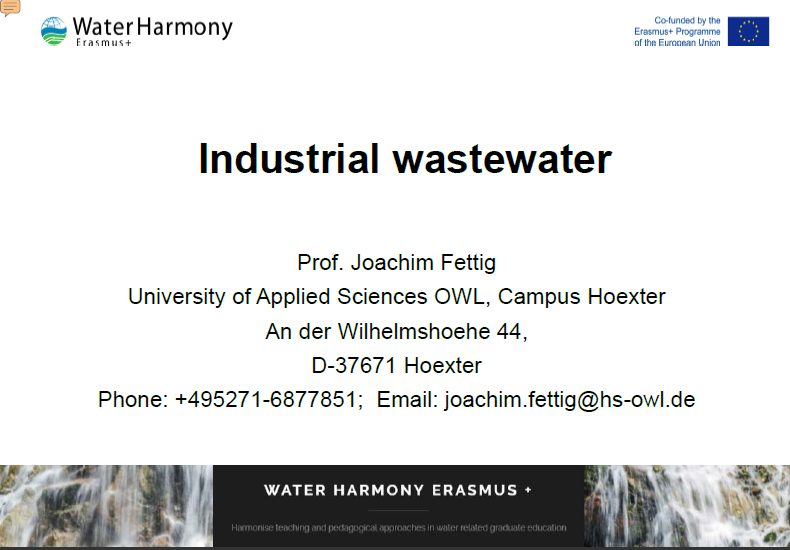


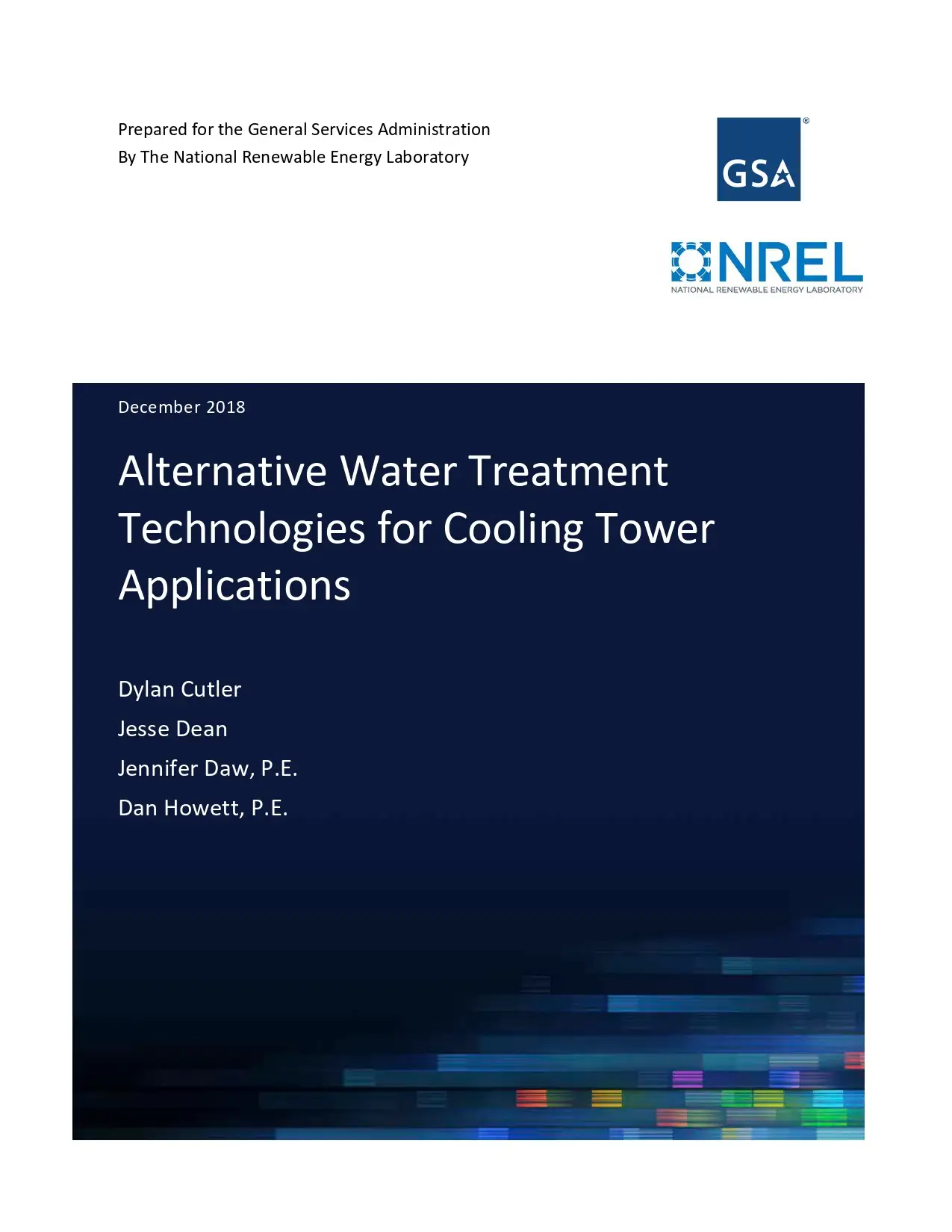

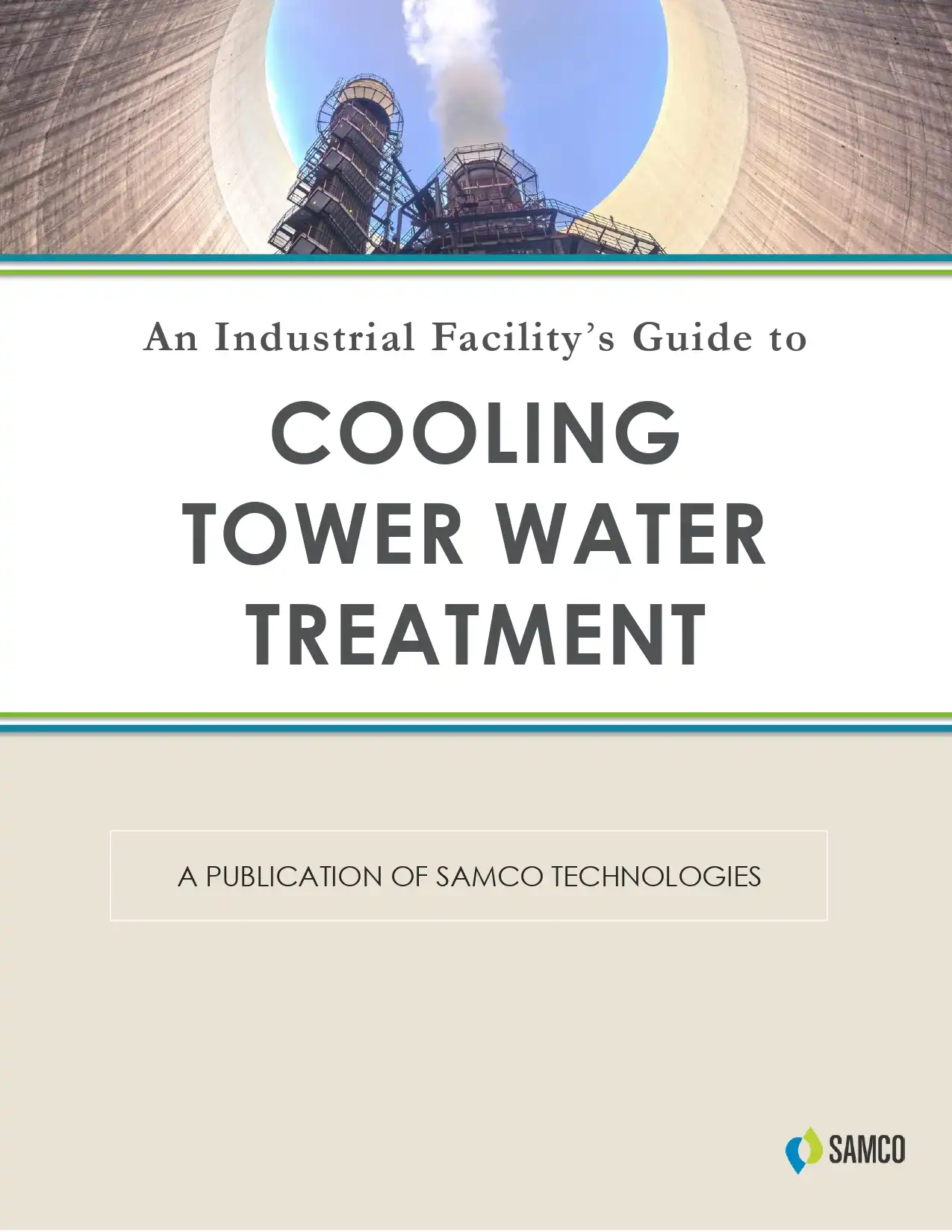
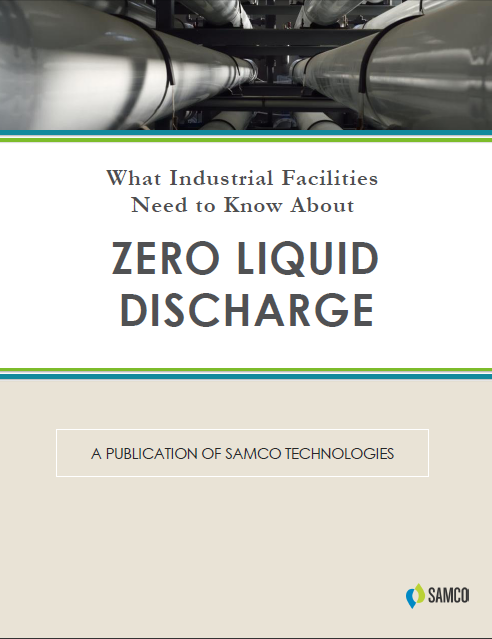

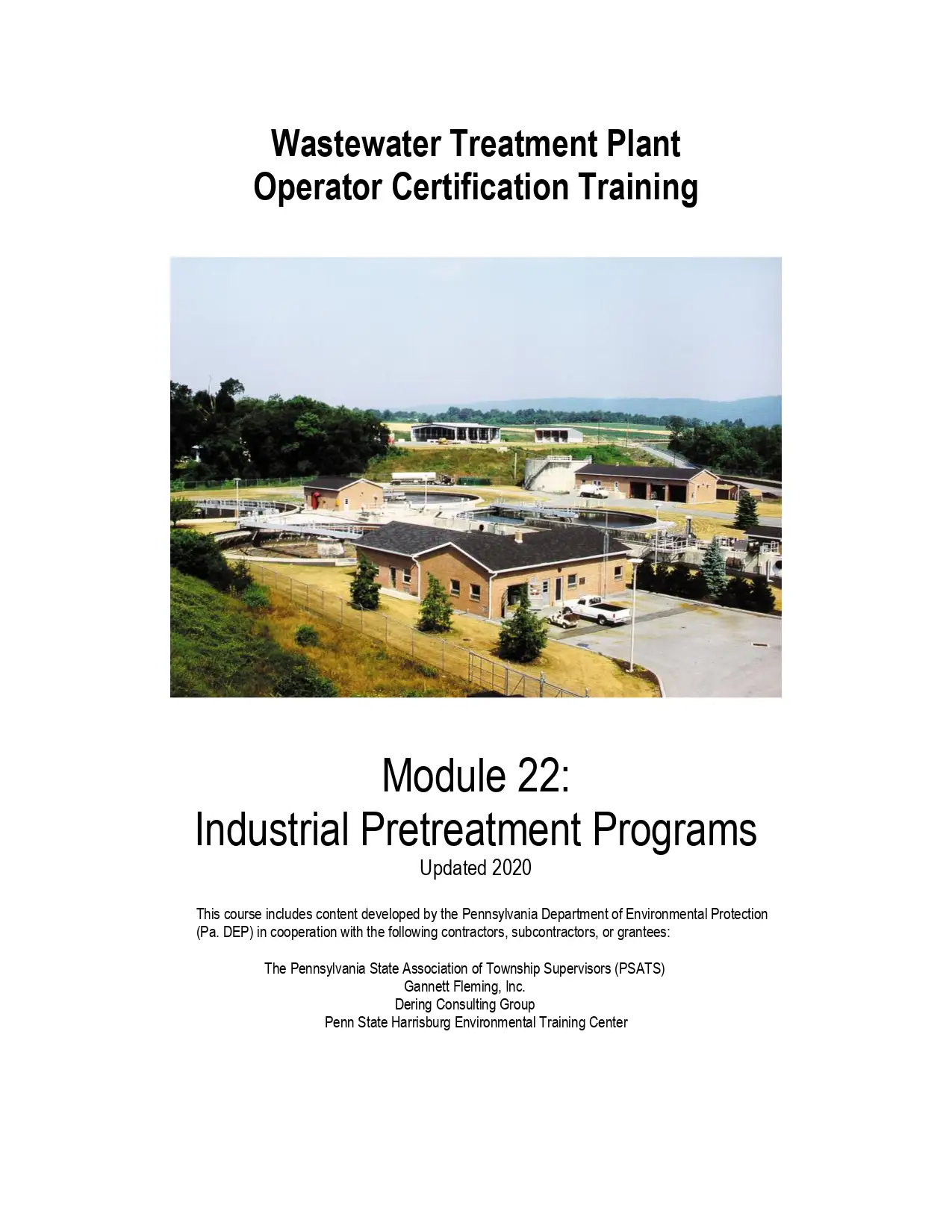

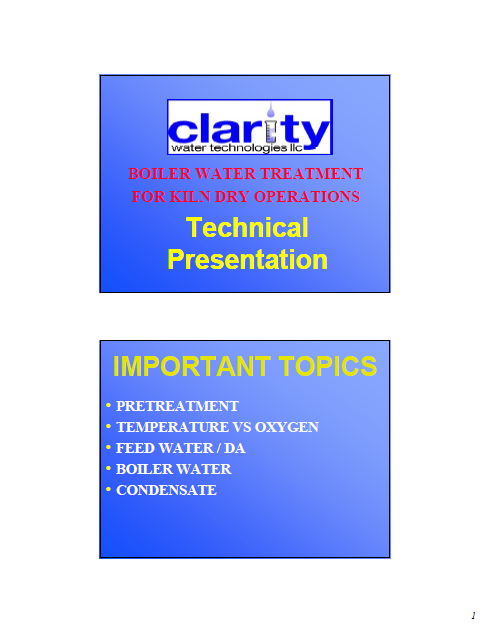

Reviews
There are no reviews yet.